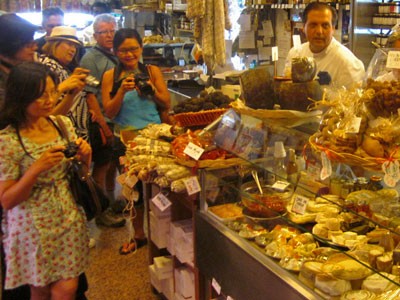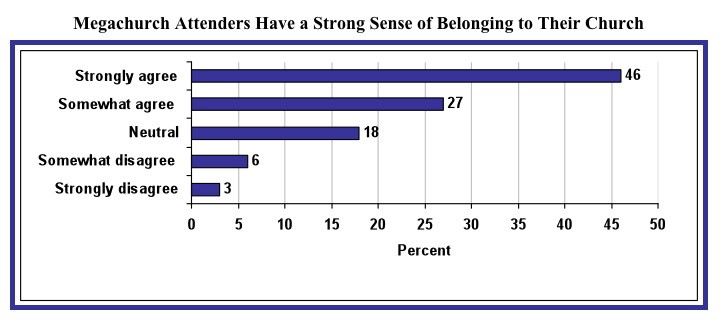The recent announcement that Pope Benedict will resign as head of the Roman Catholic Church has ramifications in social, cultural, political and of course religious arenas. But is it a business story for local American markets?
As an interesting feature, it might be worth checking around to see if junkets are being prepared for Catholic followers who want to be in Rome during the conclave — the fabled meeting of cardinals at which a new pope will be selected.
Even for non-faithful, it is an historic event that doesn’t occur very often in one lifetime, and this one appears to be on a fast track with the possibility of deciding on a new pontiff by Easter.
With the pre-Easter period of Lent apparently already a popular time to tour Italy’s historical and religious sites, I wonder if the conclave will spur more last-minute trips. It’s worth a few calls to area travel agents and even to airlines, inquiring about flights to Rome and related destinations.
My hunch paid off when I found this brief; Expedia says Rome-related hotel and air bookings have surged snce Pope Benedict announced his withdrawal from the papacy.
And TravelAgentCentral.com reported that, at least according to one firm, last-minute bookings had doubled compared to this time last year.
Why not check with travel organizations, AAA, local churches and related fellowship groups, airlines, charter operators and others to see if any junkets to Rome are being organized from your region, or if reservations on commercial routes are up?
And you could segue from that into a fuller feature about religious travel in general; I couldn’t locate an annual revenue figure for what is known as religious, faith-based and/or pilgrimage-based tourism, but it appears to be large, global and — because it’s driven by forces beyond economics — relatively recession-resistant.
And it’s not just confined to ancient holy sites abroad; shrines and churches in the United States also market themselves to travelers on spiritual missions. So in addition to a feature or consumer piece on heading abroad, you can locate area attractions — cathedrals, mega-churches, holy sites, and so on — and explore how religous travel may play a part in your local economy.
Here, for example, is GoingOnFaith.com, which bills itself as the online magaine for faith-based travel planners; it has a number of articles that can help you generate story ideas; note the “State of the faith-based travel industry” article includes a couple of interesting nuggets.
One, operators see women age 35-54 as the next big market (beyond the current age 55-plus demographic that dominates the industry); you might look for groups catering to the solo female traveler. Two, as competition in the niche heats up, operators are trying to offer more than sight-seeing, with spiritual enrichment, growth or similar experience becoming part of the package.
All religions inspire some sort of pilgrimage, from the Muslim travels to the hajj (Mecca) to members of the Jewish faith visiting Jerusalem to pagans visiting Stonehenge. This 2010 report, “Leap of Faith,” from the American Society of Travel Agents is helpful in understanding industry issues and context. The Religious Conference Management Association may be helpful in understanding the domestic faith-based travel industry.










